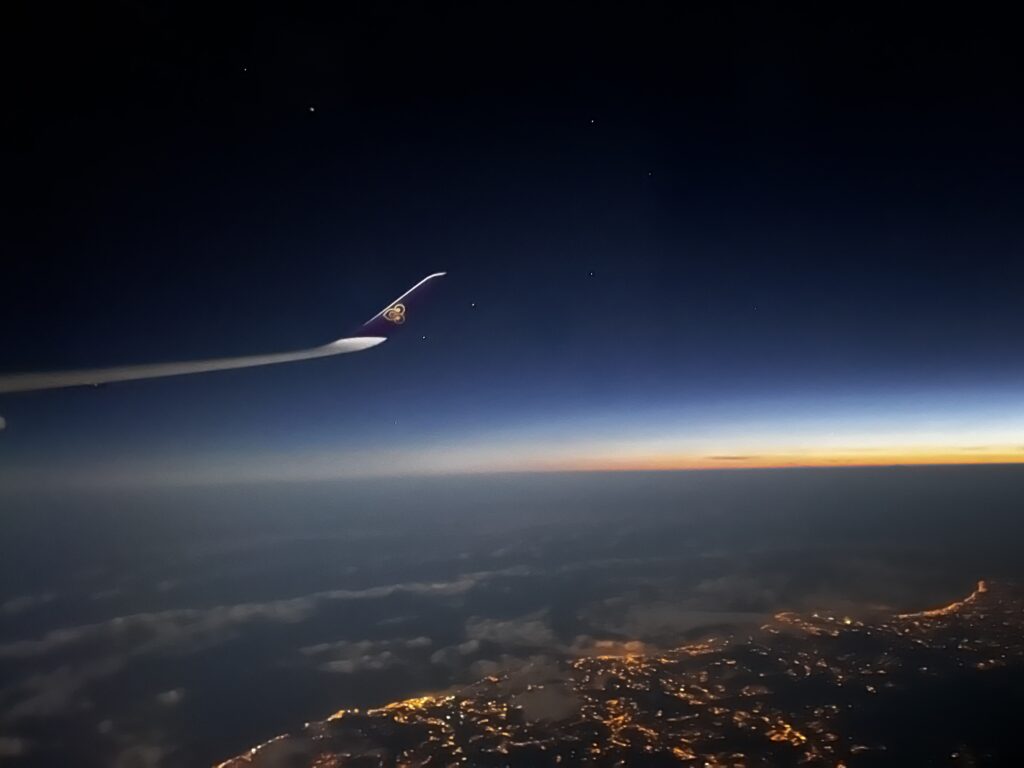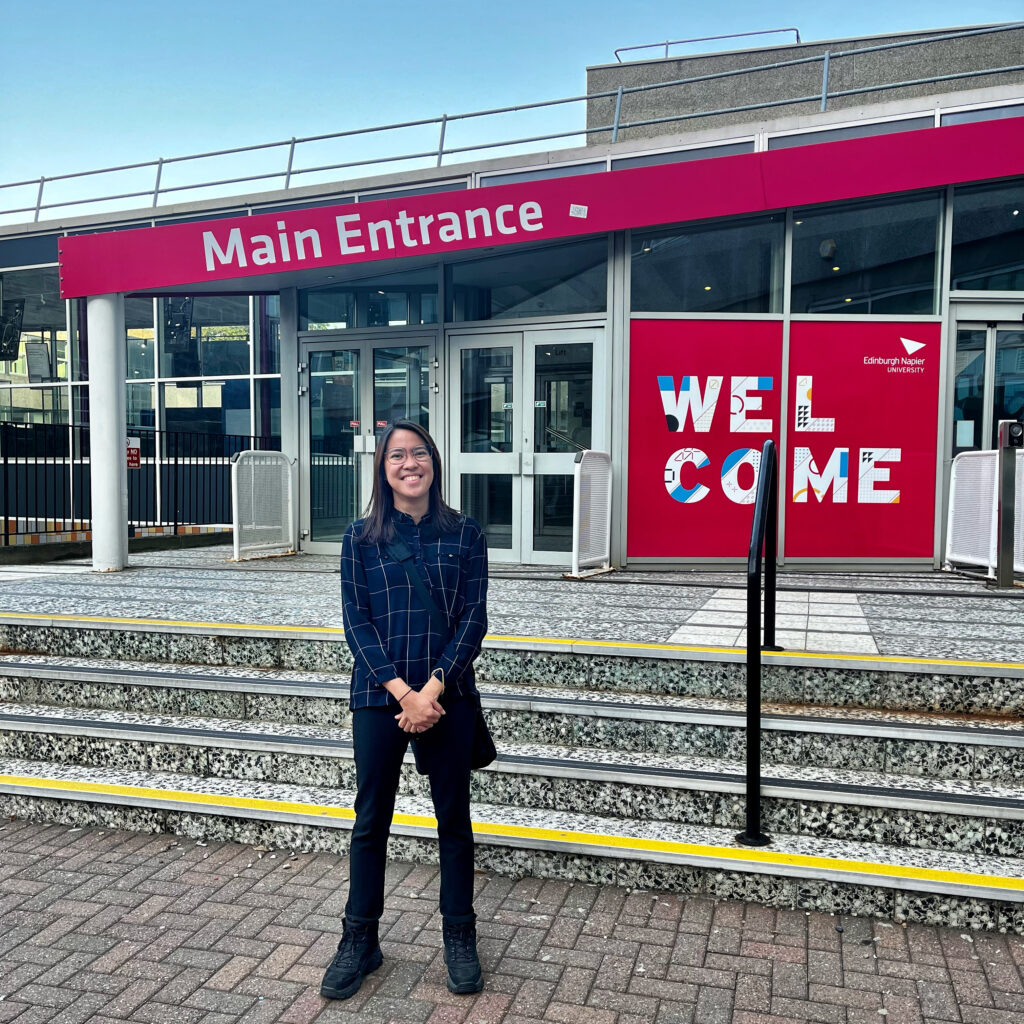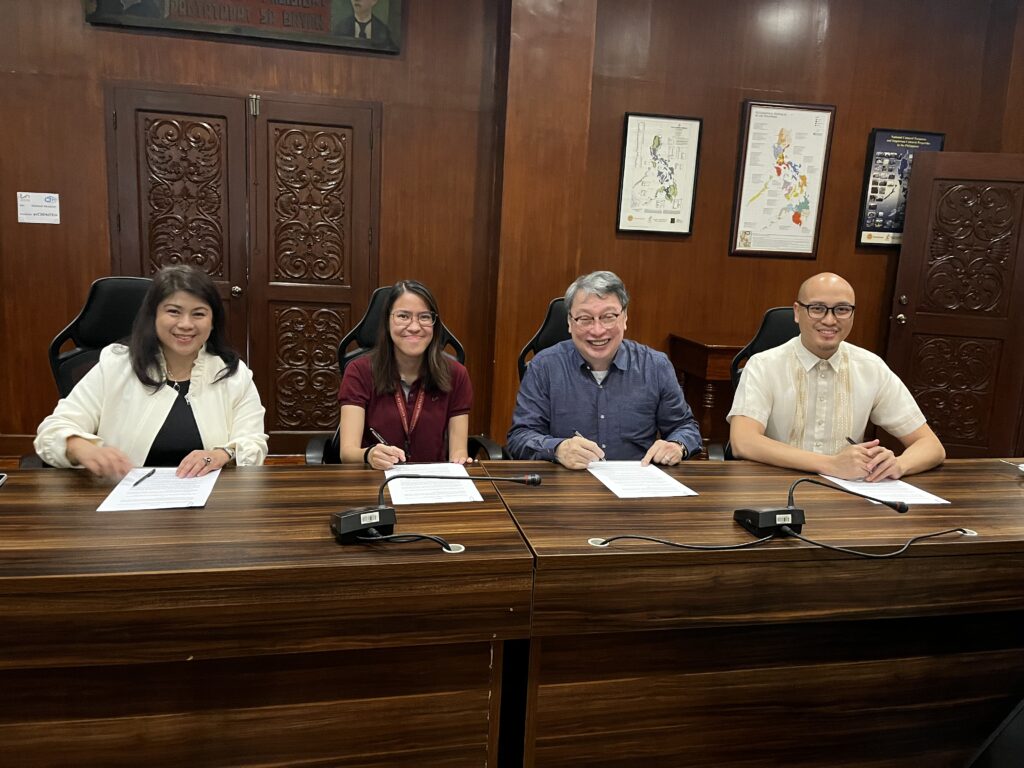From Philippines to Scotland: starting a master’s degree! (Yohana Frias, Philippines, ITP 2018)
Written by Yohana Frias (Philippines, ITP 2018)
Imagine a 24-hour travel time, with three connecting flights, and just one hour of layover in between. Then comes the delays, which reduced that hour into minutes. You had to run to the connecting departure gates, tense and nervous thinking what you’ll do if you miss even one of those flights…

That was me three weeks ago when I travelled from Philippines to Scotland to start my master’s journey. On September 1st, after several anxiety-inducing delays, I finally arrived at Edinburgh Airport. Upon disembarking I was still in adrenaline mode, ready to stand in the long queue of passengers. But then I paused just before entering the lane when I saw the sign indicating flags of EU and other first-world countries. I looked to a separate lane where it says, “All Other Passports,” and there was no queue at all. Huh. I had to double-check with the security officer that my passport is indeed classified as “other.” I felt a little smug as I walked down the empty lane—the intended segregation became my advantage!
Finally, I gave my passport to the immigration officer, not realising that my plane ticket is still tucked inside. The officer turned to me with a serious look and commented with a thick Scottish accent (which jives with his cool tattoos), “Why are you giving me your ticket, do I look like an aeroplane to you?” I stuttered a little in surprise but then laughed, remembering how I love their sense of humour here. I might just fit right in.

Last year, I applied for and was accepted to three UK universities: Edinburgh Napier University (ENU) for MA Heritage and Exhibition Design; University of East Anglia for MA Cultural Heritage and Museum Studies; and Birkbeck University of London for MA Museum Cultures with Curating. Unfortunately, I was not selected for the Chevening scholarship I applied for, so I gave up, deferring some offers. The financial costs are just too high. Even if I sell everything I own, add my salary and savings, and even if I add my family’s assets and sell my kidney or two (excuse my dark humour)—it just won’t be enough. So, I fixed my mindset that I will just try and try again every year until I get it.
But then on August 7, 2023, the miracle arrived. The Museum Foundation of the Philippines generously accepted my application and granted me the scholarship. I could not help but cry upon hearing the news.

After that, everything happened fast. In just three weeks, I managed to prepare for my unexpected departure thanks to the help and support of my colleagues at the National Museum of the Philippines. There was a series of work turn overs, contract-signings, and heartfelt farewells.
Now, I am here in cold windy Scotland, both excited and nervous about this new endeavour. Central to my decision to choose ENU’s MA Heritage and Exhibition Design is the British Museum’s International Training Programme (ITP). After taking part in the ITP in 2018, my love for museums was cemented and I became passionate in the fields of interpretation and exhibition design. I saw how museums in the UK engage through experiences and transform the mundane into poignant stories.

During the first two weeks at ENU, we are encouraged to “reject categorical and normative thinking.” We are challenged to think of design strategies that is not passive but instead engages the senses and provokes and immerses the visitor throughout their journey. As an example, we visited the Johnnie Walker Experience at Princes Street. I was amazed by how it used different mediums like storytelling and acting, lighting and projections, smell and soundscapes, and of course whisky tasting. It was a complete package.

As part of our induction, we were given two mini projects. One is the “Museum of Me,” where we conceptualised how to present our personal stories in the form of an interactive exhibition. Again, we were encouraged to think about how to engage the visitor through multimodal experiences—a moving image that can invoke reflection, music that may induce remembrance, a button to push and discover, an empty wall to pause at, or a mini game to challenge. Influenced by my Behavioural Sciences background, I chose to present my exhibition to reflect the contrasts and complexities of the psyche. Entitled “INSiDE,” I emphasised the idea of looking further, deeper, peeling off layers, seeing the different conflicting sides, or the subconscious and unconscious forces bubbling at the surface.

The other project was to create an “Interactive Selfie,” which I thoroughly enjoyed. We used a Touch Board, which is a microcontroller circuit board that can be connected to conductive materials such as foil, copper tape, or Play Dough and use it as a sensor to play a sound. We glued our printed selfies into foam boards while sticking a tin foil in between, and then connecting the foil to the Touch Board using copper tape. This way, when you press the photo, our choice of sound will play. For me, it was the song “What a Life,” from my favourite film Another Round. I was happy to note that by the end of the week, some of my classmates are humming the song’s chorus.

Through this master’s, I hope to develop my design thinking and the multi-layered approach to making exhibitions. It is also a chance for me to give theory to my practice. As I have worked in a museum for 8 years, I am used to designing within a very limited time and budget which often hampers my creativity. Our professors encourage us to be original and think outside of what is conventional. This sudden freedom in creating is a breath of fresh air.
I feel like I’ve been in a lot of journeys both literally and figuratively—from personal and official travels, participating in museum trainings, delivering talks and lectures, to changing roles in my institution, and helping design and install endless exhibitions in a short amount of time. Sometimes I still could not believe I made it here to actually start my study. Growing up as a child of little means, I had to give up on a lot of my dreams, but it taught me to find inspiration and happiness in the simplest of things. Finally, the universe conspired to help me towards this path. A big challenge lies ahead, but I will rely on my passion to keep me going. From Philippines to Scotland, I am grateful to be here!
